By the mid-March date of widespread shutdowns and quarantines, global viewership of YouTube in general started to increase and, with it, views of videos related to the aforementioned sourdough.
Widening our scope from sourdough to cooking, using that same demarcation line (which we’ve pegged to the date the US declared a national emergency) we could measure the same kinds of behavior happening in a lot of different places globally at the same time. That’s highly unusual. From Argentina to Australia to the United Arab Emirates, people were watching more videos related to making meals at home.
While it might seem fairly obvious that people stuck indoors would cook more, other, quirkier kinds of trends had the same unprecedented synchronization across the globe. That sent us in search of a framework that might help explain them all collectively.



Social
Connection
The need for people to engage via institutions, shared activities, or directly with each other.
As social distancing and isolation severely restricted people’s ability to connect, technology was there to help bridge the gap somewhat. YouTube viewers used video to engage with each other directly and indirectly, sometimes in nuanced ways: even just participating in a rising coffee-making trend can make someone feel more connected to other people.
Explore the increase in viewership trends in countries around the world and tap on any card to see an example video.
* YouTube views are displayed as indexed values, where the lowest number of views in the time span is represented as 0 and the highest is 100
“With Me”
Views of “#WithMe” videos, where creators and viewers vicariously share in an activity, grew by 600% after self-isolation began. As a genre, “With Me” videos were uniquely well-suited for the pandemic.
social connection
Tap to see an example
“With Me”
in 'US'
Get Ready With Me videos took on a quarantine twist as beauty creators adapted their videos to match their self-isolated lifestyles.
Tap to return to global overview
Museum Tours
In addition to losing our real-world connections with people, we also lost them with institutions. Daily views of museum tour videos increased 60% as people reconnected with these institutions from their homes.
social connection
Tap to see an example
Museum Tours
in 'NL'
The Van Gogh Museum in the Netherlands uploaded a multi-part tour of the museum in 4K on March 17. The first entry, a tour of the self-portraits gallery, has amassed over 100K views.
Tap to return to global overview
Face Masks
In the wake of face-mask shortages, creators and “craftivists” shared tutorials on making them and craftivists volunteered their time and skill to make face masks to donate to frontline workers. DIY face mask sewing tutorials have been viewed over 400 million times since March 15.
social connection
Tap to see an example
Face Masks
in 'KR'
The most-viewed video on Handmade Life’s channel this year is this tutorial uploaded in 2017 that demonstrates how to make a face mask. It has received 99% of its views this year.
Tap to return to global overview
Dalgona Coffee
We take part in viral trends because others are doing them. Such was the case with dalgona coffee, a trendy treat that let quarantine-created baristas concoct a premium coffee experience at home. Beginning in South Korea before March, it took hold around the world during lockdowns.
social connection, self care, & identity
Tap to see an example
Dalgona Coffee
in 'KR'
Videos like this dalgona recipe were uploaded and viewed around the world as a distracting DIY coffee treat.
Tap to return to global overview
Sourdough Bread
Similar to dalgona coffee, the tricky art of the perfect sourdough loaf became a social trend as people shared in the challenge of getting it just right. Views of sourdough bread videos increased fivefold.
social connection, self care, & identity
Tap to see an example
Sourdough Bread
in 'US'
This video from The Try Guys captured the experience many had this spring with trying -- and often failing -- to check “sourdough bread baking” off their to-do list.
Tap to return to global overview